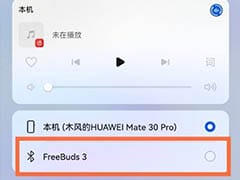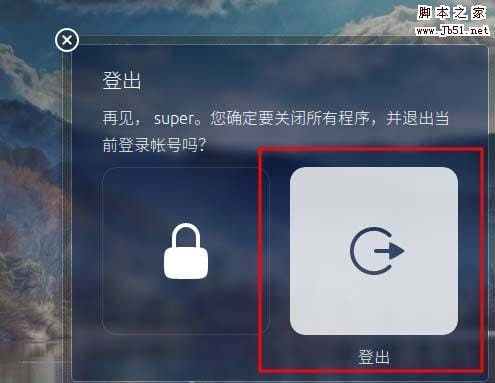Demystifying Debouncing: A Tale from a Demo
2024-01-23 18:03:50
Embracing the Essence of Debouncing
At its core, debouncing is an event-handling technique that introduces a delay before executing a specific function. This delay ensures that the function is only triggered once a defined time interval has elapsed, even if the event occurs multiple times within that interval.
Consider the example of a search bar. As you type, the system typically sends a request to the server for each keystroke. This can lead to an overload of requests, especially for long queries. By implementing debouncing, we can wait for a predefined period after the last keystroke before sending the request. This prevents unnecessary server calls and enhances the user experience.
Unraveling the Mechanics of Debouncing
To implement debouncing, we use a timer function. When an event is triggered, we start a timer that lasts for a specified duration. If the event occurs again before the timer expires, we reset the timer. This ensures that the function is only invoked once the timer has run its full course.
Bridging the Gap: Debouncing in JavaScript
In JavaScript, we can implement debouncing using a closure. Here's a simple example:
function debounce(func, delay) {
let timer;
return (...args) => {
clearTimeout(timer);
timer = setTimeout(() => { func(...args); }, delay);
};
}
This function takes two parameters: the function to be debounced (func) and the delay time (delay). It returns a new function that can be used to replace the original function.
Conclusion
Debouncing is a powerful technique that can significantly improve the performance and user experience of web applications. By understanding its concept and implementation, developers can effectively handle events, optimize server requests, and enhance the overall quality of their software.



